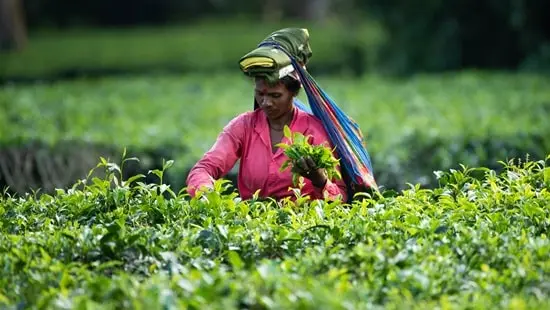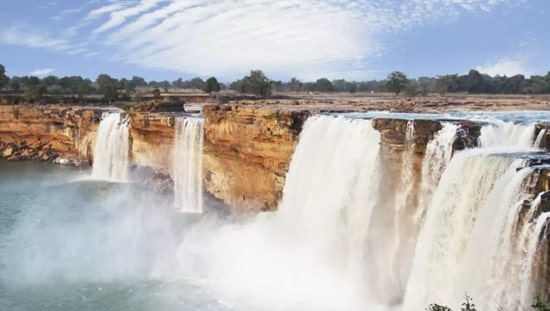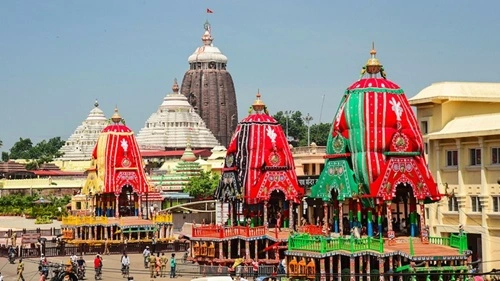Those who have never visited Assam should know that it literally is one of the most scenic places in India, and if you think otherwise, well, give it a shot and then tell us. But we aren’t here to talk about the good old things about Assam that everybody already knows. Nah, we are here to talk about 10+ interesting and latest facts about Assam, that’ll fill you with excitement and intrigue. So, let’s get to it.
1. The World’s Tea Capital

When you first think of Assam, it is actually the tea that grows there that pops into your head, right? Well, for sure, Assam has the best tea in the world, and it is not just famous in India for that, people all around the globe know Assam for this very reason. The British developed tea estates here, and now these verdant gardens are not only vital for the local economy but also rather popular with visitors.
2. There Is Asia’s First Oil Refinery In Digboi, Assam
Have you ever heard of Digboi? Established long ago in 1901, it boasts the first oil refinery in Asia. The Indian oil business started in this little village, where British laborers reportedly yelled, “dig, boy, dig!” to elephants. That’s how this place got its name, you know?
3. World’s Largest River Island? Yes, Check Out Majuli
Rising gently on the Brahmaputra River, Majuli is the biggest river island in the world. And for sure, having Vaishnavite monasteries, it is a cultural treasure mine, so no wonder why its distinctive beauty and rich history draw tourists from all around.
4. And What About the Smallest Inhabited River Island? Yes, That’s Also In Assam
Set Majuli against the smallest inhabited river island in the world, Umananda. Tucked beside Guwahati in the Brahmaputra River, Umananda is a spiritual hotspot as well as a physical wonder.
5. Assam’s Golden Silk
Assam is known for its exquisite silks, Muga, Eri, and Pat, did you know that already? More specifically though, the famous Muga silk is what’s so special about Assan since it has that very distinct golden color. For those who don’t know, these luxurious silks are actually crafted in Sualkuchi, known as the “Manchester of Assam.”
6. Bihu: Three Times the Fun
Celebrated three times a year, Bihu is Assam’s essence. Rongali Bihu observes the Assamese New Year in April, Kongali Bihu in October is more gloomy, and Bhogali Bihu in January honors the harvest. All in all, every festival highlights Assam’s rich culture with dancing, singing, and feasting bursting out.
7. Jatinga’s Mysterious Bird Suicides
Small Assamese hamlet Jatinga is well-known for a scary occurrence when birds apparently drop to their deaths on some misty evenings between September and November. Though, for more than a century, this perplexing occurrence has captivated scientists and bird watchers. This is something still unsolved and no one knows why this phenomenon happens, and that’s what makes it kinda scary.
8. 600-Year Reign of the Ahom Dynasty
Rising from 1228 to 1826, the Ahom dynasty dominated Assam for about 600 years, among the longest-reigning dynasties in Indian history. And now in the 21st century, everywhere you go in Assam, you can literally see the legacy of this dynasty, even after almost two centuries.
9. Do You Know About Kamakhya Temple?
Dedicated to the goddess Kamakhya, the Kamakhya Temple in Guwahati is a main hub of Tantric activities. Attracting pilgrims as well as visitors, this Shakti Peetha is among the oldest in India.
10. Mayong: The Village of Magic
Near Guwahati, Mayong is notorious for ties to black magic and witchcraft. And yes, to add an unsettling yet intriguing appeal, the settlement even boasts a museum with old writings and relics on black magic.
11. Jonbeel Mela: Barter Tradition Lives On
Every year near Guwahati, people participate in the Jonbeel Mela, an annual fair where they trade things, therefore preserving an old custom. This fair reminds us vividly of Assam’s rich cultural legacy and community energy.
12. Dhekiakhowa’s Eternal Flame
For more than 450 years, a holy lamp has been flickering constantly in the Dhekiakhowa Bor Namghar. Representing the uninterrupted spiritual legacy of the area, this amazing accomplishment has won it a place in the Asia Book of Records.
13. Kaziranga: Paradise for Rhinos
Two-thirds of the one-horned rhinoceroses worldwide find home in Kaziranga National Park, a UNESCO World Heritage Site. Tigers, elephants, and other bird species find refuge in this nature paradise as well.



